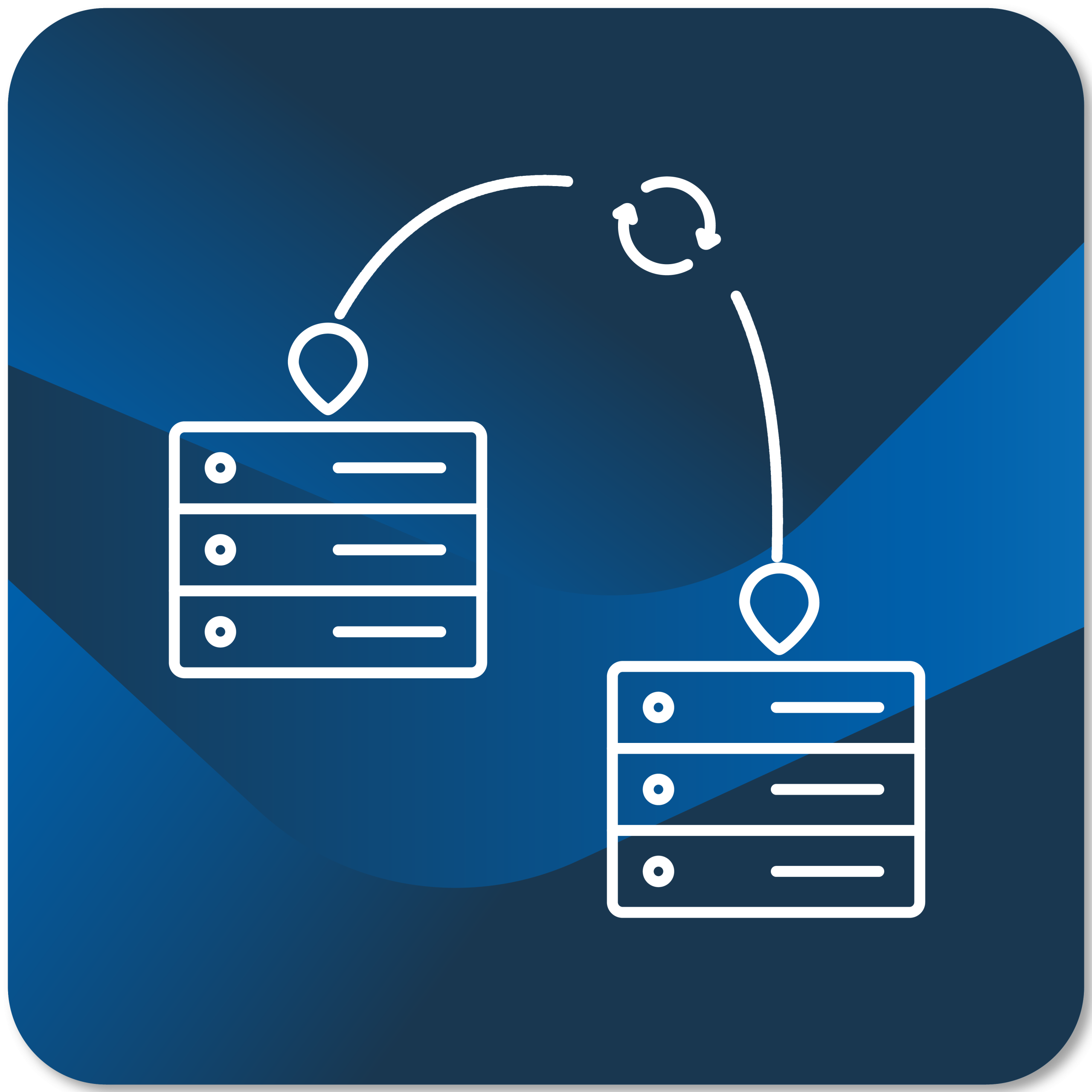A Disaster Recovery Plan (DRP) is a critical process for any business or organization to ensure, in the event of a failure or disruption to IT infrastructure or other business-critical systems, they can recover quickly. In this blog article, we will look at the important aspects of the Disaster Recovery Plan to ensure your business is prepared in the event of an emergency.
Identification of critical systems and data
The first step in creating a disaster recovery plan is to identify critical systems and data. These are the ones that need to be recovered quickly in the event of a failure or disruption. It is important that you have a clear idea of which systems and data are critical so that you can act quickly and effectively in the event of an emergency. So think about which systems you would block the most in the event of a crash.
Recovery time objectives (also called RTO )
The next important aspect is defining recovery objectives within the disaster recovery plan. Define clear goals for how quickly recovery should occur and which systems and data should be prioritized. This is critical to ensure your business gets back on its feet quickly and minimizes the impact of the outage or disruption.
Backup strategy
Create regular backups to ensure that critical data can be restored in the event of a failure or malfunction. So, every critical system needs an appropriate backup strategy at this point. Depending on the type of data or systems, define what your backup should look like. The importance of the data for your company or legal requirements determine the frequency, redundancy and necessary security of the backups.
Emergency Team
To ensure that everything runs smoothly in an emergency, form an emergency team in advance. This can act immediately in the event of a failure or malfunction and ensure rapid recovery. The emergency team should consist of experienced professionals who are able to communicate effectively and take action. This way, the team can quickly get your company back on track.
Testing the plan
The disaster recovery plan must be tested and updated regularly. This ensures that it will work in the event of an emergency. The company should therefore conduct exercises at defined intervals to ensure that everyone involved is familiar with the plan and can act effectively in an emergency. Preparing for an emergency can prevent panic and uncoordinated action.
Documentation
Don't forget to carefully document your disaster recovery plan so that everyone in the organization can understand and implement it. The plan should be updated regularly and made available to all employees.
Continuity planning
A good disaster recovery plan should also include continuity of operations measures to ensure that the business can operate during an outage or disruption. Creating a continuity plan is key at this point to ensure that it is able to maintain business operations during an outage or disruption.
Conclusion
Die Prävention für den Ernstfall lohnt sich, denn mit einer sauberen Planung ersparen Sie sich viel Zeit und Stress im Ernstfall und sind schnellstmöglich wieder mit allen geschäftskritischen Systemen auf Track. Zudem haben wir Lösungen rund um Ihre Disaster Recvoery Strategie und Geschäftskontinuität, die es Ihnen einfach machen einen optimalen Disaster Recovery Plan zu erstellen und auszuführen.
Laden Sie sich unser kostenloses Template herunter für einen einfacheren Einstieg in die Erstellung eines Disaster Recovery Plans.
Nehmen Sie gerne mit uns Kontakt auf.












